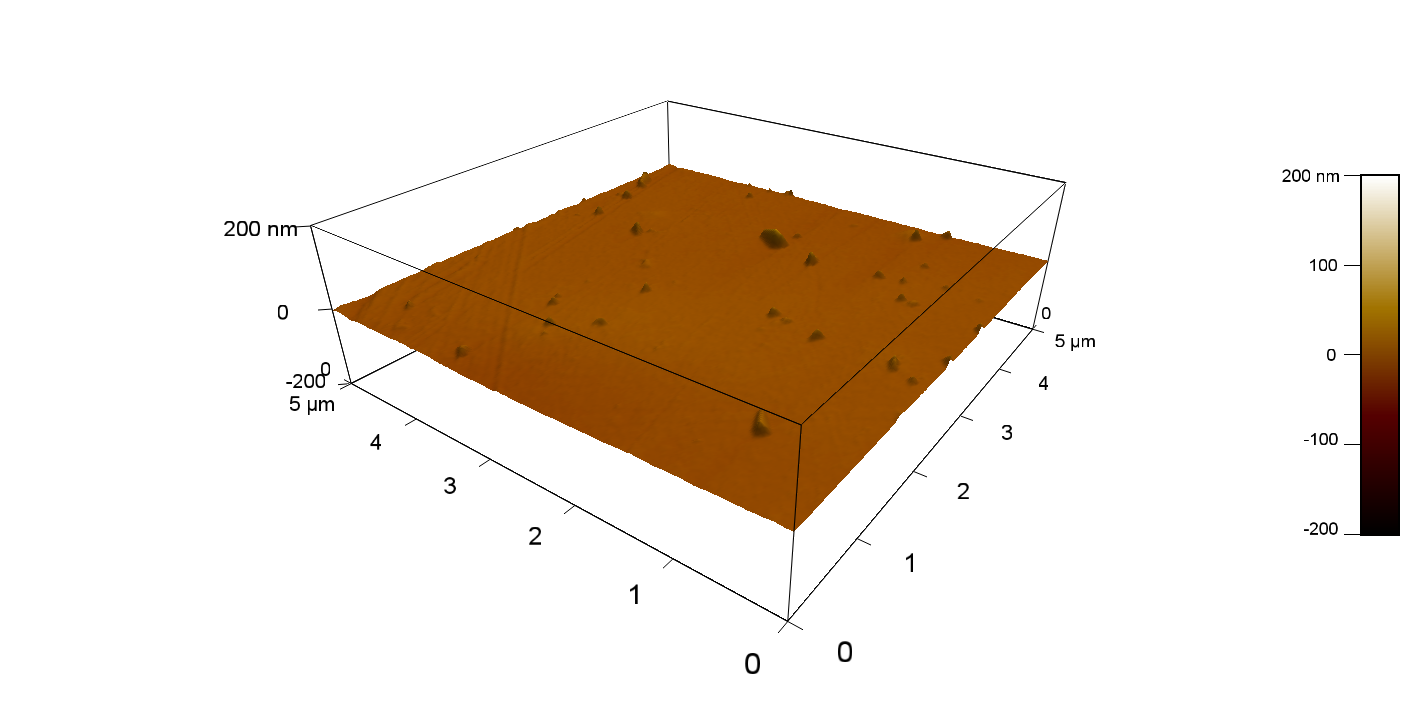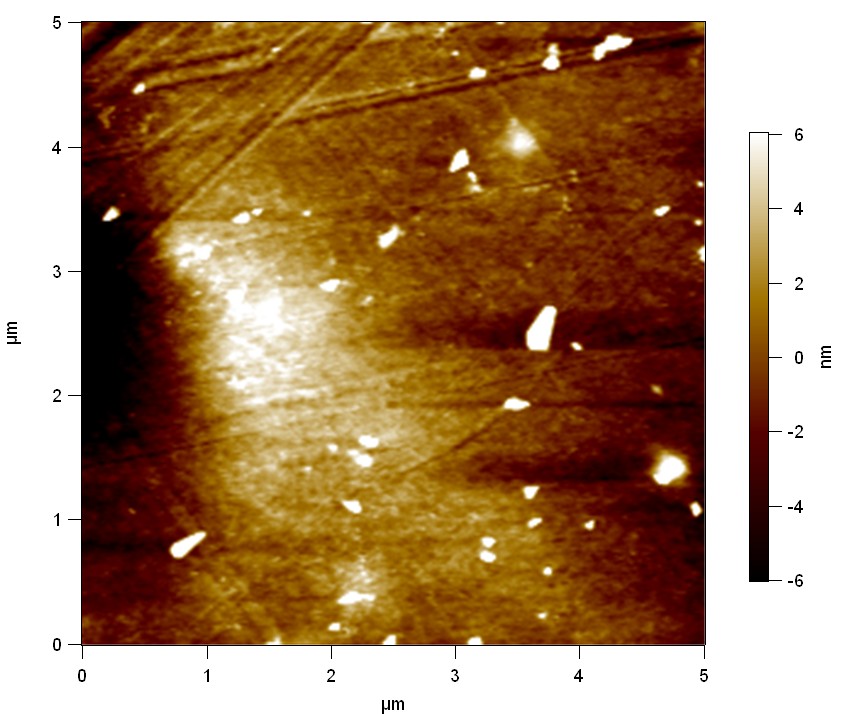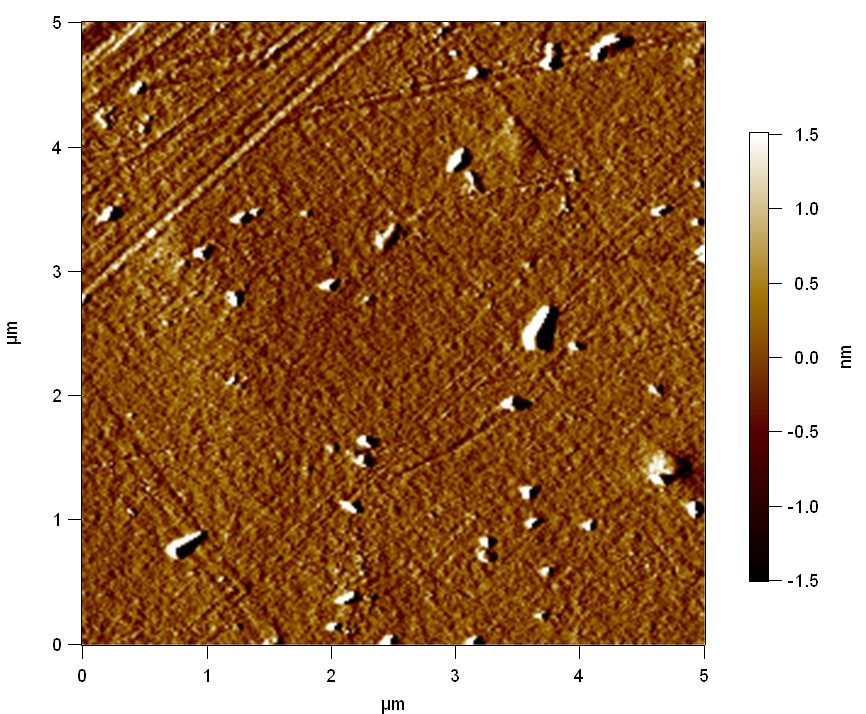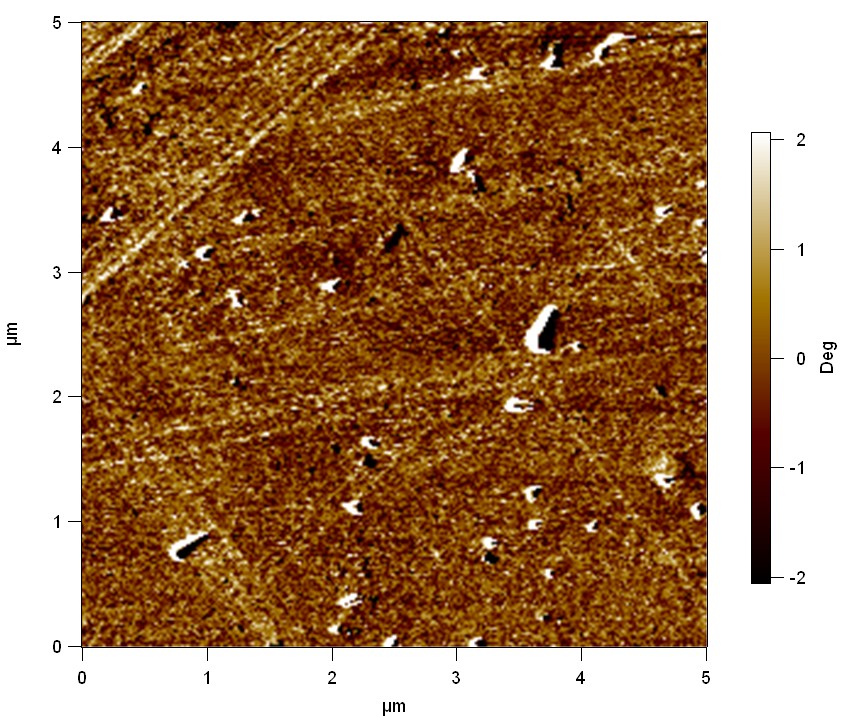Part:BBa_K808025
FsC: Cutinase PET cleaving enzyme
A cutinase is a cuticula degrading hydrolase from the fungus Fusarium solani pisi. It shows activity towards PET.
Usage and Biology
The characterization of FsC occured in 3 different ways.
Our [http://2012.igem.org/Team:TU_Darmstadt/Labjournal/Simulation Simulation Lab] performed
- [http://2012.igem.org/Team:TU_Darmstadt/Modeling_Docking#Docking Docking Simulations]
Our [http://2012.igem.org/Team:TU_Darmstadt/Project/Material_Science Material Science Lab] performed
- [http://2012.igem.org/Team:TU_Darmstadt/Labjournal/Material_Science#Surface_analysis_of_polyethylene_terephthalate_with_atomic_force_microscopy_.28AFM.29 Surface analysis of polyethylene terephthalat with atomic force microscopy]
Our [http://2012.igem.org/Team:TU_Darmstadt/Project/Degradation Degradation Lab]
- [http://2012.igem.org/Team:TU_Darmstadt/Labjournal/Degradation#Enzyme_Activity_Assays Enzyme activity assay] using a [http://2012.igem.org/Team:TU_Darmstadt/Protocols/pNP_Assay#pNP-Assay pNP-Assay]
Sequence and Features
- 10COMPATIBLE WITH RFC[10]
- 12INCOMPATIBLE WITH RFC[12]Illegal NotI site found at 379
- 21INCOMPATIBLE WITH RFC[21]Illegal BglII site found at 525
- 23COMPATIBLE WITH RFC[23]
- 25COMPATIBLE WITH RFC[25]
- 1000INCOMPATIBLE WITH RFC[1000]Illegal BsaI site found at 301
Docking Simulation
For the sake of convenience of this page, please visit our [http://2012.igem.org/Team:TU_Darmstadt/Modeling_Docking#Docking Simulation Lab > Docking Simulation] for further informtion.
Surface analysis of polyethylene terephthalat with atomic force microscopy
Atomic force microscopy is used to make very precise surface analysis up to nanometer scale. The goal was to indentify differences between different modifications of polyethylene terephthalate and to proof enzymatic degradation by changed surface properties.
Experiment 1
A piece of a PET water bottle is melted between two metal plates using a heat gun to create a flat sample. It is incubated for 24 h at 37 °C after applying a 2µmol/L solution of FsC. The Sample is washed with distilled water and dried in a cabinet dryer at 60 °C for 1 h. The sample is investigated using AFM. Surface modifications of PET induced by FsC could be observed in form of circular perforations. The pictures below show surface profiles and light microscopic captures of the non treated PET reference and the FsC treated PET surface.
AFM of PET surface after FsC exposure:
AFM of the PET surface as reference:
Experiment 2
Pieces of PET foil were added to a 2 µmol/L solution of FsC. The solution was constantly agitated in 50 mL falcon tubes. After 7 days the samples were washed with distilled water and dried in a cabinet dryer at 60 °C over night. Afterwards the samples are investigated using AFM. FsC induced surface modification of PET could be observed. The Pictures below show 3D models, height profiles and the cantilevers amplitude as well as the phase deviations. The 3D models give a first impression of the texture of the surface. Looking at the height profile and the amplitude deviation more detailed informations about the surface texture can be obtained. The reference samples show a very flat surface (±3 nm). Bigger deviations are due to manufactionary mistakes of the foil. FsC treated surfaces show a deviation ten times bigger than non treated ones (±30 nm). Comparing the phase deviation of FsC treated surfaces with the reference, there can be seen big diferences due to varying mechanical properties. These are caused by degradation by FsC. The Polymer chains are cut in to smaller pieces which then stand out of the surface, letting it swell. The resulting surface is not only rougher but persumably less dense and therefore less firm.
AFM of PET foil after FsC exposure :
AFM of PET foil as reference :
//function/degradation
| protein |
















